From time to time we receive inquires about profiling large beams. Ophir-Spiricon has customers that develop military laser applications or other applications involving beams as large as 10 inches. Using large lenses and optics to directly reduce such a large beam down on to a camera CCD would be rather expensive and impractical. How can such a beam be profiled and analyzed using standard beam profilers?
The solution that Ophir-Spiricon offers is to impinge (project) the large beam on to some sort of scattering surface such as a wall or a screen or even diffusing glass, and then image the reflection of the screen through a CCTV camera lens on to the CCD in the camera – similar to photography.
The CCTV lens images a ‘picture’ from a given plane in front of the lens onto the CCD while reducing the size. The ‘picture’ of the image reflection is typically very representative of the beam profile. However, several points should be kept in mind while using this method:
- The scattering surface can be damaged or burned by a powerful beam impinging on it, so such a beam has to be properly attenuated before it’s directed to the scattering surface.
- Another issue is that with coherent light sources speckle is noticeable on diffuse static surface. Speckle is a situation in which the roughness of the scattering causes interference to create both bright and dark spots in the image reflection. Speckle can cause distortion of the beam profile. However, having the screen scattering surface move at a rate faster than the camera integration frame rate can solve this problem. There exists a commercial product called a “speckle eater”, which is simply a scattering surface mounted to a small vibrating motor.
An advantage of imaging scattered beam reflection is that the variable iris in the CCTV camera lens can be used for attenuation to achieve a fine degree of exposure control to the camera CCD.
Ophir-Spiricon beam profiling software includes the option to spatially re-calibrate the beam profile image so that the magnification of the camera lens is taken into account. The beam analysis software also provides the capability to associate a measurement of the total energy contained in the image. Thus the software provides a map of the beam profile with accurate power density values, throughout that beam distribution.
You might also like to read: Beam Profile FAQ
share this:
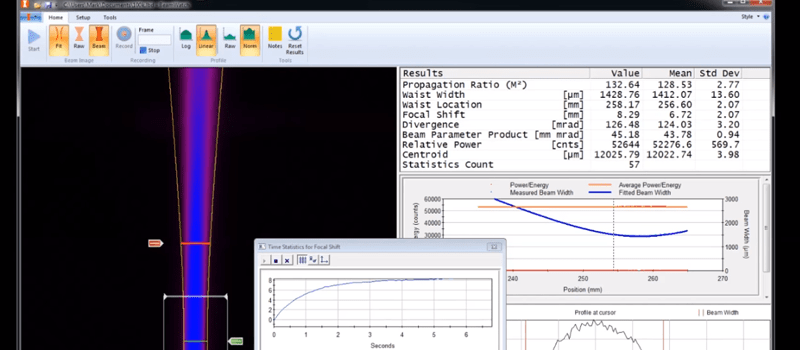
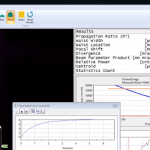
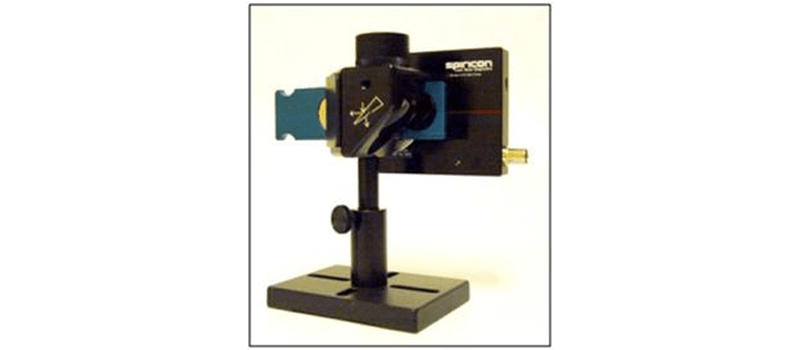
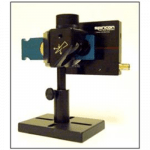

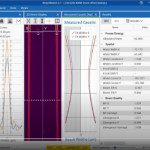
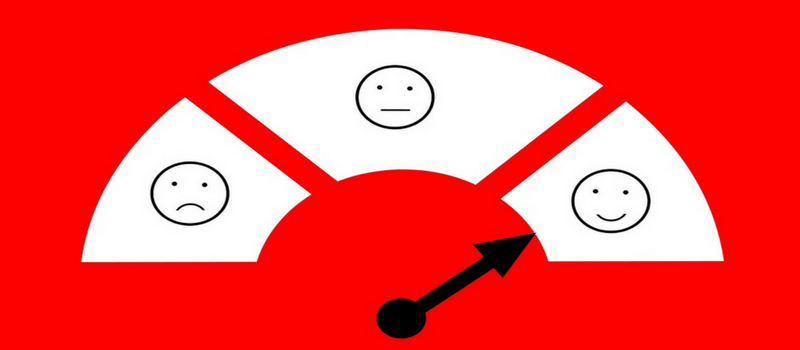

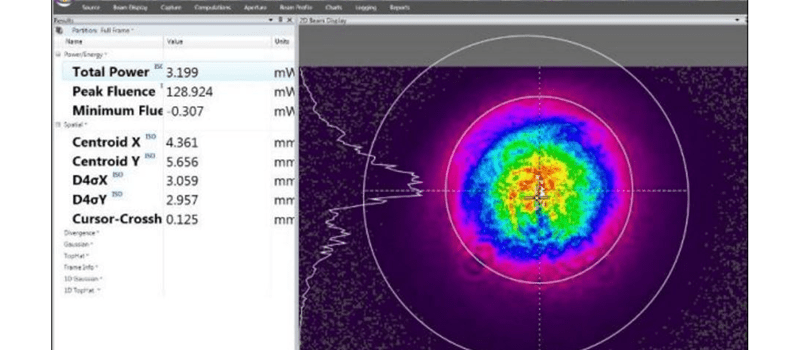
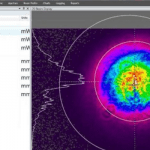
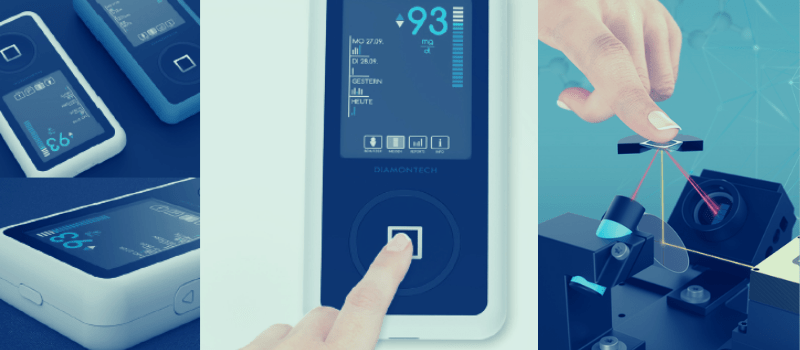

Leave a Reply
Your email address will not be published. Required fields are marked *